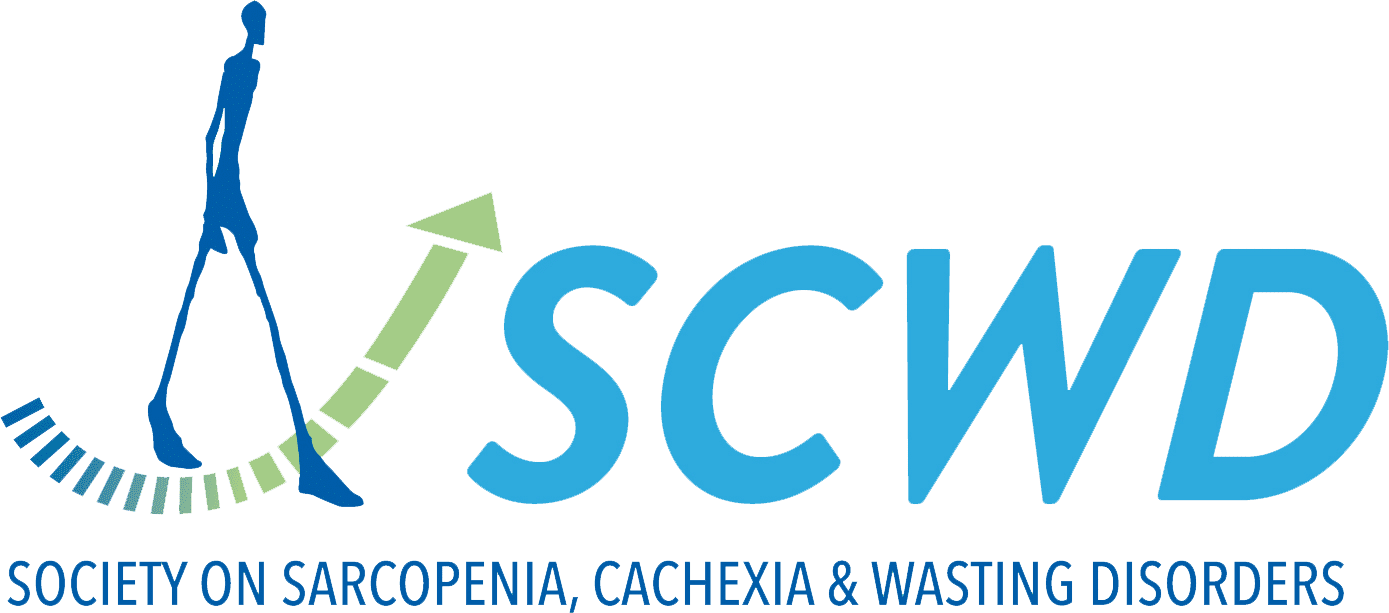The bone-muscle connection in breast cancer: a review
Breast cancer treatments often lead to musculoskeletal morbidity; muscle loss in general is seen as a complication of breast cancer, affecting survival and quality of life. Emerging new research into the biochemical and molecular links between the skeletal and muscular systems is beginning to be taken into account, alongside the well-known anatomical relationship, to improve our understanding of these effects. This paper discussed treatments such as anti-oestrogen therapy, which deteriorates bone health and muscle mass, and the significance of these effects in lower survival rates and worse outcomes for patients. In this sense, exercise is concluded to be of aid for patients with breast cancer in improving their outcomes.
This review by Ballinger T et al. aimed to understand the relevance of musculoskeletal health to breast cancer, and the strategies that could aid patients in this disease.


